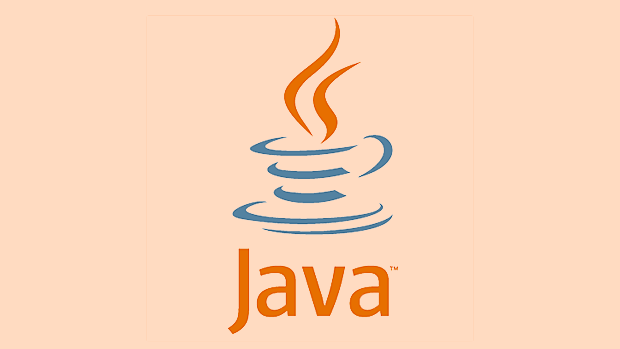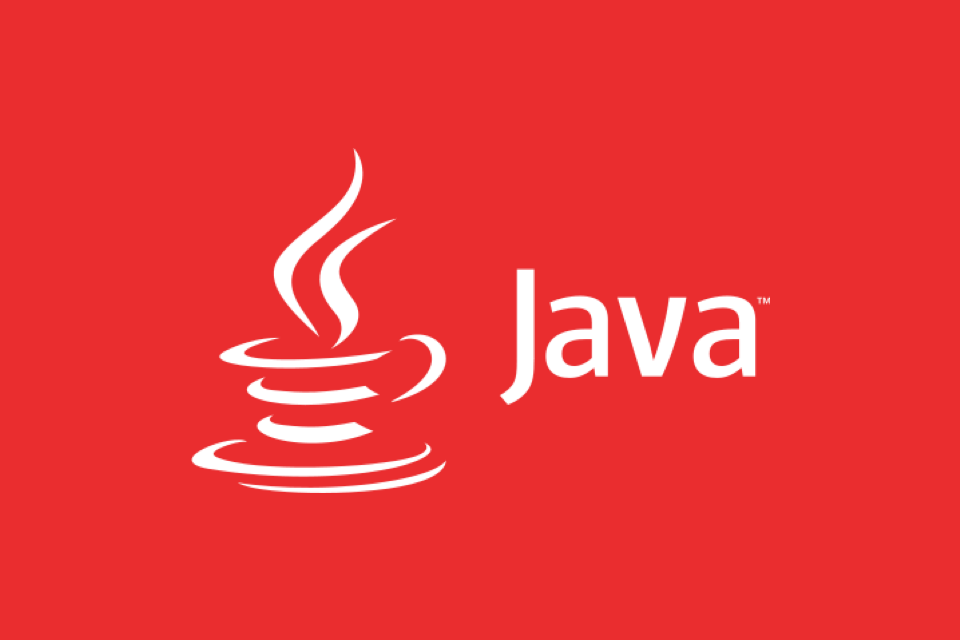In Java, the most common way to deal with exceptions is the try-catch-finally structure, which is the core of which is to understand the functions of each part separately and use it reasonably. 1. The try block is used to wrap code that may throw exceptions, and it should avoid containing too much irrelevant logic; 2. The catch block is captured and processed in sequence from subclass to parent class according to the specificity of the exception. It is recommended to record a log or prompt the user to avoid empty catch; 3. The finally block will be executed regardless of whether an exception occurs. It is suitable for closing resources, but be careful that it is executed before return and may not be executed in extreme cases; 4. Use multiple exception merging writing and try-with-resources to improve the simplicity and security of the code; 5. Do not swallow exceptions, at least print logs for easy debugging. Mastering these key points can effectively deal with most exception handling scenarios.

In Java, the most common way to deal with exceptions is to use try-catch-finally structure. It helps us catch and handle possible errors at runtime while ensuring resources are properly released. The key is to understand the role and usage scenarios of each part.

try block: Used to wrap the code that may have errors
try is the first step in exception handling, you put the code that may throw exceptions here. For example, reading files, network requests, or type conversion operations may have problems.
try {
int result = 10 / 0; // ArithmeticException will be thrown here
}Notice:

-
tryblock must have a correspondingcatchorfinallyblock. - Don't write too much irrelevant logic in
try, as this will easily make exceptions difficult to locate.
catch block: used to catch and handle specific exceptions
When an exception is thrown in try , Java will look for a matching catch block to handle it. You can handle it separately according to different exception types:
catch (ArithmeticException e) {
System.out.println("The divisor cannot be 0");
}
catch (Exception e) {
System.out.println("Other exception occurred:" e.getMessage());
}suggestion:

- Arrange from top to bottom according to the specific degree of the exception, first capture the subclass and then capture the parent class.
- Try not to just write a
catch (Exception e)to cover all the situations, so that the real problem can be easily concealed. - You can record logs in
catch, prompt users or make a bottom-up process, but don't do anything (empty catch).
Finally block: executes regardless of whether there is an exception or not
Regardless of whether an exception occurs or not, whether catch matches successfully, the code in finally block will always be executed. This is very suitable for closing resources such as database connections, IO streams, etc.
Finally {
if (inputStream != null) {
inputStream.close();
}
}Need to note:
- If there is a return statement in
tryorcatch, it willfinallybe executed before return. - In some extreme cases (such as a JVM crash),
finallymay not be executed.
Some tips for practical use
Multiple exception merging writing (Java 7)
If multiple exception types are handled the same way, you can write it like this:catch (IOException | SQLException e) { e.printStackTrace(); }try-with-resources (Java 7)
If you are dealing with objects that implement theAutoCloseableinterface, you can declare resources directly aftertry, and the system will automatically close, without manually writingfinally.try (FileInputStream fis = new FileInputStream("file.txt")) { // Use fis to read the file} catch (IOException e) { e.printStackTrace(); }Don't swallow the abnormalities
When writingcatch, at least print out exception information or log the log, otherwise it will be difficult to find out what the problem is during debugging.
Basically that's it. By mastering the structure and usage of try-catch-finally , you can deal with most Java exception handling scenarios. Not complicated but it is easy to ignore details, especially in resource management and exception classification.
The above is the detailed content of How to handle exceptions in Java using try-catch-finally?. For more information, please follow other related articles on the PHP Chinese website!

Hot AI Tools

Undress AI Tool
Undress images for free

Undresser.AI Undress
AI-powered app for creating realistic nude photos

AI Clothes Remover
Online AI tool for removing clothes from photos.

Clothoff.io
AI clothes remover

Video Face Swap
Swap faces in any video effortlessly with our completely free AI face swap tool!

Hot Article

Hot Tools

Notepad++7.3.1
Easy-to-use and free code editor

SublimeText3 Chinese version
Chinese version, very easy to use

Zend Studio 13.0.1
Powerful PHP integrated development environment

Dreamweaver CS6
Visual web development tools

SublimeText3 Mac version
God-level code editing software (SublimeText3)

Hot Topics
 Difference between HashMap and Hashtable?
Jun 24, 2025 pm 09:41 PM
Difference between HashMap and Hashtable?
Jun 24, 2025 pm 09:41 PM
The difference between HashMap and Hashtable is mainly reflected in thread safety, null value support and performance. 1. In terms of thread safety, Hashtable is thread-safe, and its methods are mostly synchronous methods, while HashMap does not perform synchronization processing, which is not thread-safe; 2. In terms of null value support, HashMap allows one null key and multiple null values, while Hashtable does not allow null keys or values, otherwise a NullPointerException will be thrown; 3. In terms of performance, HashMap is more efficient because there is no synchronization mechanism, and Hashtable has a low locking performance for each operation. It is recommended to use ConcurrentHashMap instead.
 Why do we need wrapper classes?
Jun 28, 2025 am 01:01 AM
Why do we need wrapper classes?
Jun 28, 2025 am 01:01 AM
Java uses wrapper classes because basic data types cannot directly participate in object-oriented operations, and object forms are often required in actual needs; 1. Collection classes can only store objects, such as Lists use automatic boxing to store numerical values; 2. Generics do not support basic types, and packaging classes must be used as type parameters; 3. Packaging classes can represent null values ??to distinguish unset or missing data; 4. Packaging classes provide practical methods such as string conversion to facilitate data parsing and processing, so in scenarios where these characteristics are needed, packaging classes are indispensable.
 How does JIT compiler optimize code?
Jun 24, 2025 pm 10:45 PM
How does JIT compiler optimize code?
Jun 24, 2025 pm 10:45 PM
The JIT compiler optimizes code through four methods: method inline, hot spot detection and compilation, type speculation and devirtualization, and redundant operation elimination. 1. Method inline reduces call overhead and inserts frequently called small methods directly into the call; 2. Hot spot detection and high-frequency code execution and centrally optimize it to save resources; 3. Type speculation collects runtime type information to achieve devirtualization calls, improving efficiency; 4. Redundant operations eliminate useless calculations and inspections based on operational data deletion, enhancing performance.
 What are static methods in interfaces?
Jun 24, 2025 pm 10:57 PM
What are static methods in interfaces?
Jun 24, 2025 pm 10:57 PM
StaticmethodsininterfaceswereintroducedinJava8toallowutilityfunctionswithintheinterfaceitself.BeforeJava8,suchfunctionsrequiredseparatehelperclasses,leadingtodisorganizedcode.Now,staticmethodsprovidethreekeybenefits:1)theyenableutilitymethodsdirectly
 What is an instance initializer block?
Jun 25, 2025 pm 12:21 PM
What is an instance initializer block?
Jun 25, 2025 pm 12:21 PM
Instance initialization blocks are used in Java to run initialization logic when creating objects, which are executed before the constructor. It is suitable for scenarios where multiple constructors share initialization code, complex field initialization, or anonymous class initialization scenarios. Unlike static initialization blocks, it is executed every time it is instantiated, while static initialization blocks only run once when the class is loaded.
 What is the `final` keyword for variables?
Jun 24, 2025 pm 07:29 PM
What is the `final` keyword for variables?
Jun 24, 2025 pm 07:29 PM
InJava,thefinalkeywordpreventsavariable’svaluefrombeingchangedafterassignment,butitsbehaviordiffersforprimitivesandobjectreferences.Forprimitivevariables,finalmakesthevalueconstant,asinfinalintMAX_SPEED=100;wherereassignmentcausesanerror.Forobjectref
 What is the Factory pattern?
Jun 24, 2025 pm 11:29 PM
What is the Factory pattern?
Jun 24, 2025 pm 11:29 PM
Factory mode is used to encapsulate object creation logic, making the code more flexible, easy to maintain, and loosely coupled. The core answer is: by centrally managing object creation logic, hiding implementation details, and supporting the creation of multiple related objects. The specific description is as follows: the factory mode handes object creation to a special factory class or method for processing, avoiding the use of newClass() directly; it is suitable for scenarios where multiple types of related objects are created, creation logic may change, and implementation details need to be hidden; for example, in the payment processor, Stripe, PayPal and other instances are created through factories; its implementation includes the object returned by the factory class based on input parameters, and all objects realize a common interface; common variants include simple factories, factory methods and abstract factories, which are suitable for different complexities.
 What is type casting?
Jun 24, 2025 pm 11:09 PM
What is type casting?
Jun 24, 2025 pm 11:09 PM
There are two types of conversion: implicit and explicit. 1. Implicit conversion occurs automatically, such as converting int to double; 2. Explicit conversion requires manual operation, such as using (int)myDouble. A case where type conversion is required includes processing user input, mathematical operations, or passing different types of values ??between functions. Issues that need to be noted are: turning floating-point numbers into integers will truncate the fractional part, turning large types into small types may lead to data loss, and some languages ??do not allow direct conversion of specific types. A proper understanding of language conversion rules helps avoid errors.






